
When it comes to wearable technology getting a source of power can be a bit of a challenge. For some items using the friction of the wearer’s body is a great way to get power. Other devices can house a couple of batteries. But what about the pieces that you need to power up, but that cannot support a battery? What about things that need more power? Well, you could go solar. For a long time that has not been an option, solar panels used to be big and rigid.
Well it looks like an engineering team at Stanford is looking to change all of that. They have developed a set of thin and flexible solar panels. They aren’t quite as flowable as a piece of fabric, but they have enough give to be attached to something like the canvass on a back pack. That way you can recharge the speakers hidden inside of the front pouch. In the original publication about the innovation, in the journal Scientific Reports, the technology was described in the following terms, “Here, we report a new peel-and-stick process that circumvents these fabrication challenges by peeling off the fully fabricated TFSCs from the original Si wafer and attaching TFSCs to virtually any substrates regardless of materials, flatness and rigidness. With the peel-and-stick process, we integrated hydrogenated amorphous silicon (a-Si:H) TFSCs on paper, plastics, cell phone and building windows while maintaining the original 7.5% efficiency.”
Image: Morgue File

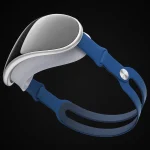

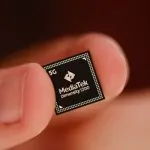
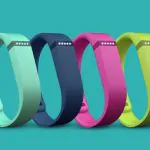

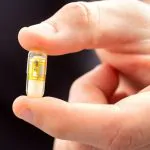
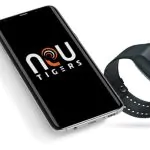
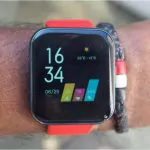
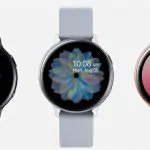
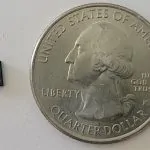





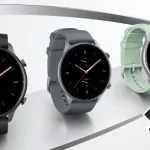
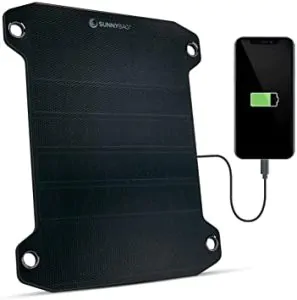
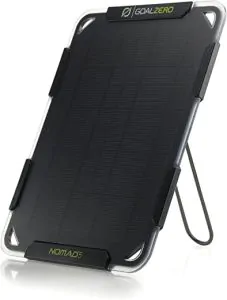
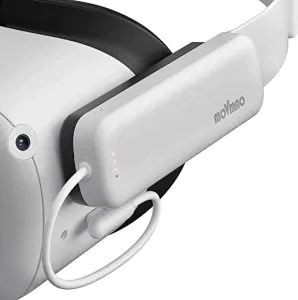
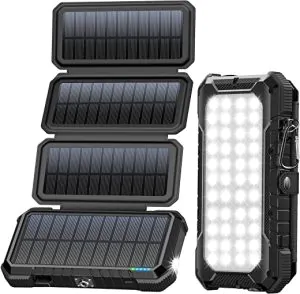
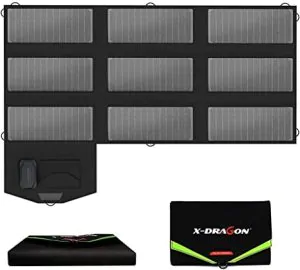
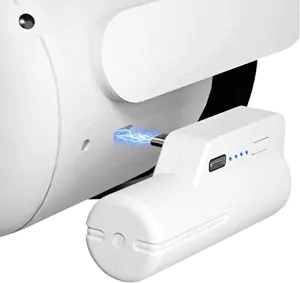
1 Comment. Leave new
New Solar Panels Flex – http://t.co/eZFqLu1eGO http://t.co/GTPuW73kLV